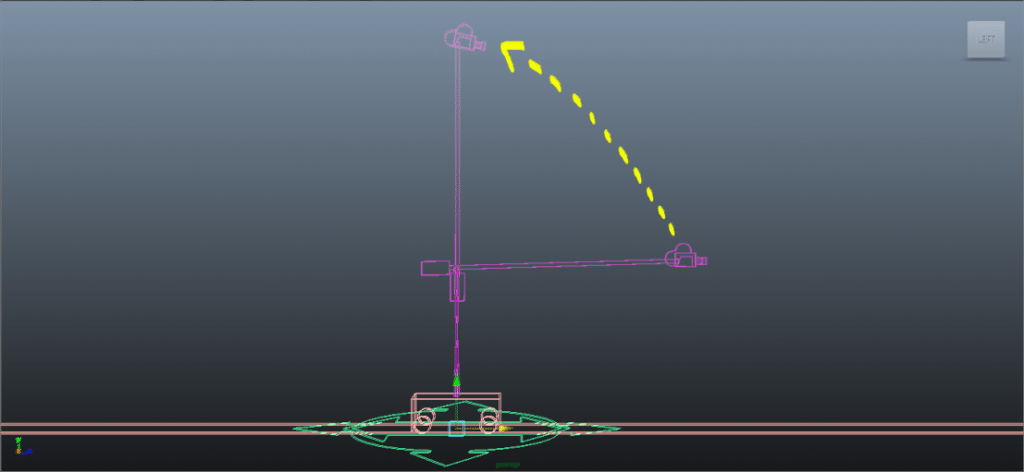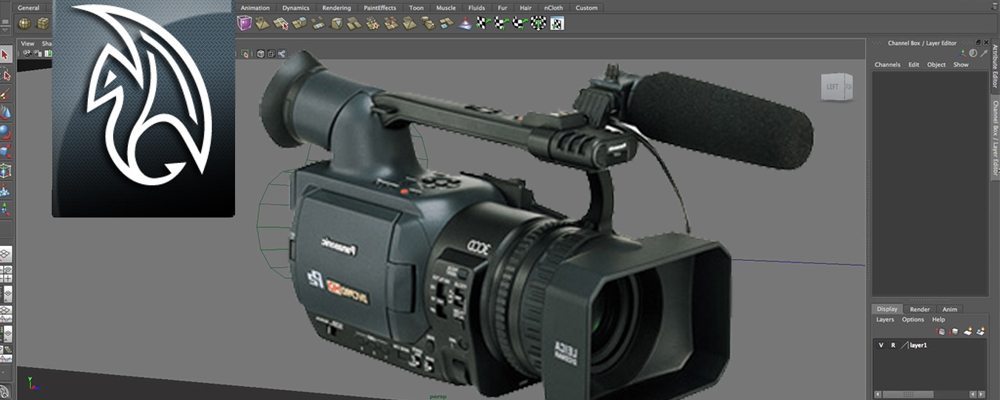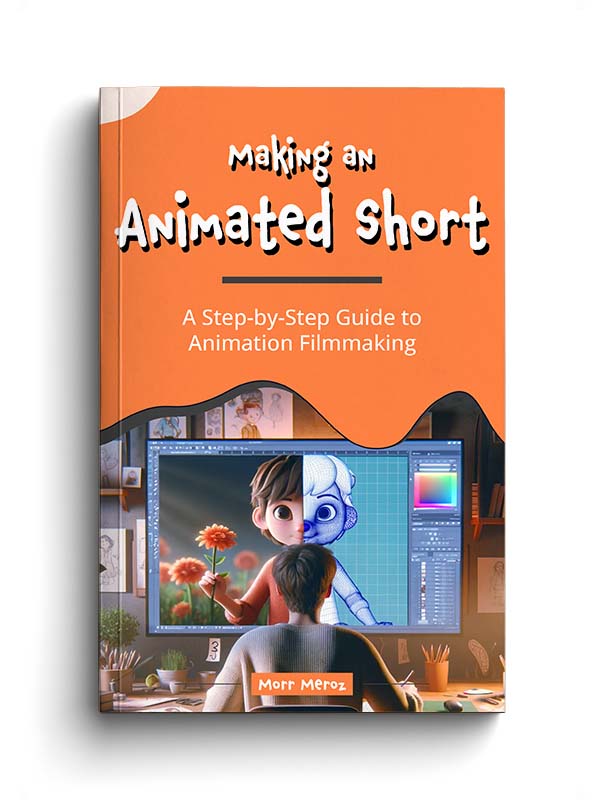Working with a camera in a 3D scene is hard. It’s not the same as holding a camera in your hands. 3D software makes it very easy for us to simply place a camera in the scene and forget about it. Camera animation is very technical and getting a natural feeling to it is a challenge. Here are some tips that could help.
You can watch the video or keep reading.
Camera reaction
Always remember that the camera is an object in your scene and it needs to react to the environment. We are trying to emulate real life here. If something passes by close to the camera, it needs to react to that.
subtle example: Say a baseball player is swinging a bat really close to the lens. Adding a mild shake could really sell the shot, since it will feel as if the motion was so powerful that it caused the camera to lose stability.
extreme example: A plane zooming by the camera in a crazy dog fight scene. The shot would benefit from a strong camera shake when the plane gets really close.
Tracking movement
Sometimes we need to track a character with our camera as it is moving around. Try to remember that in real life there would be a person behind that camera and although in 3D it’s really easy to make everything so perfect, that’s not our goal.
Adding a delay in the tracking movement will make the audience believe that there’s someone trying to follow the character. If the tracking movement was completely in sync with the character it would feel like a robotic camera motion.
Crane shots
This is a common issue. You want to add an expensive crane shot to your film? That’s great, but keep in mind what a shot like that would be like in the real world. Raising the camera is not enough. Due to the huge crane that carries the camera, the motion of elevating the camera would be in an arc shape. Look at the arc in the picture below.

This is the motion you’ll get by simply raising the camera
And now look at what the arc looks like in a real life crane shot.

A motion arc is created due to the structure of the crane.
A great way to sell the crane motion is to use a camera rig.
Hand held
Always know your scene situation. Is the camera on a dolly? Is it on a tripod? If it’s not on some stable tool, you might want to consider adding a handheld touch to the shot.
To get a handheld feel simply move the camera up-down-right-left randomly every 8-12 frames and make sure the curves are splined. There are plugins that emulates that but like most things in 3D animation, I prefer having all the control and do it by hand.
Try keeping these tips in mind while working on camera animation.
If you want to learn more about character animation in Maya, check out our Maya Animation Course.
Making an Animated Short (FREE ebook)
A free ebook covering the process of making an animated short film from start to finish.




